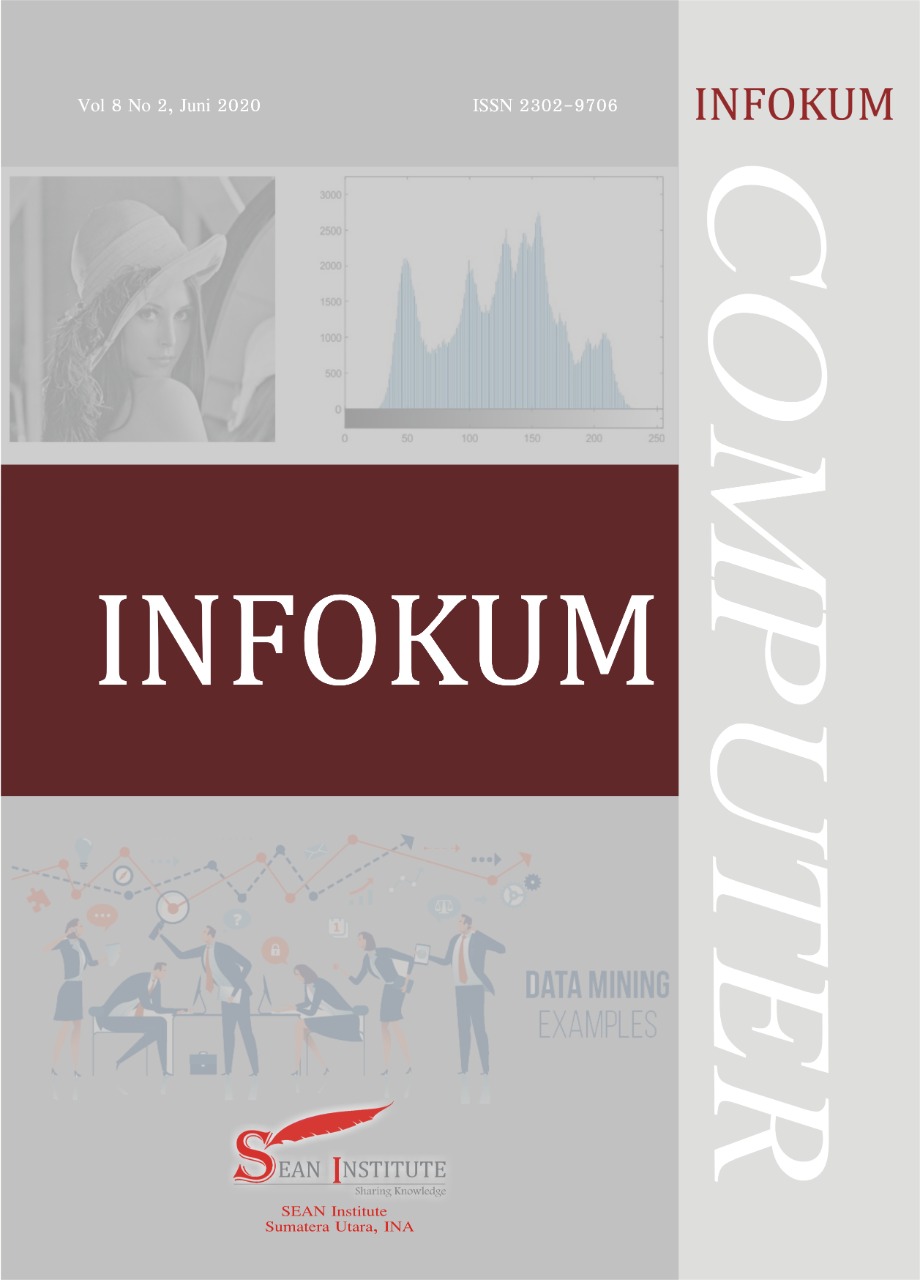Performance Analysis of a Pure Sine Wave Inverter Using the EGS002 Module
Abstract
The development of renewable energy technology increases the need for efficient and reliable inverters to convert direct current into alternating current. This study aims to analyze the performance of a pure sine wave inverter using the EGS002 module as a pulse width modulation controller to produce a pure sine wave. The main issues studied are power conversion efficiency, output voltage stability, and total harmonic distortion (THD) under various load conditions, including resistive and non-linear loads. The research method involves experimental simulations using MATLAB/Simulink and Proteus software, by designing an inverter system based on the EGS002 module, IRF3205 MOSFET transistor, and LC filter. Performance parameters measured include power conversion efficiency (η), total harmonic distortion, and RMS output voltage (V_RMS). The simulation results show that the inverter achieves an average power conversion efficiency of 91.4%, total harmonic distortion below 5% under all load conditions, and output voltage stability with a deviation of less than 1% from the nominal value of 220 volts. These findings indicate that the EGS002 module is effective for inverter applications in renewable energy systems, although optimization is required for non-linear loads and production cost reduction. This research provides important insights for the development of more efficient and reliable inverters.
Downloads
References
[2] C.-M. Wang and C.-H. Li, "A high-efficiency pure sine wave inverter for photovoltaic applications," IEEE Trans. Power Electron., vol. 31, no. 3, pp. 2197–2206, March. 2016, doi: 10.1109/TPEL.2015.2436778.
[3] M. Ahmed and Z. Salam, "A high-performance pure sine wave inverter using synchronous PWM control," in Proc. IEEE Int. Conf. PowerElectron. Drive Syst. (PEDS), Sydney, NSW, Australia, June. 2015, pp. 1023–1028, doi: 10.1109/PEDS.2015.7203512.
[4] Y. Zhang, L. Sun, and J. Ma, "Design and analysis of a low-cost pure sine wave inverter driver," in Proc. IEEE Int. Symp. Ind. Electrons. (ISIE), Hangzhou, China, May 2012, pp. 1345–1350, doi: 10.1109/ISIE.2012.6237298.
[5] Q. Zhao, Y. Ye, and G. Xu, "Improved control strategy for pure sine wave inverters with low harmonic distortion," IEEE Trans. Ind. Electron., vol. 58, no. 9, pp. 4231–4240, Sept. 2011, doi: 10.1109/TIE.2010.2090837.
[6] H. Patel and V. Agarwal, "Control of a stand-alone inverter-based distributed generation system for improved power quality," IEEE Trans. Power Electron., vol. 23, no. 6, pp. 2854–2862, Nov. 2008, doi: 10.1109/TPEL.2008.2005108.
[7] C.-C. Hua and C.-W. Shen, "Comparative study of inverter topologies for renewable energy systems," in Proc. IEEE Int. Conf. PowerElectron. (ICPE), Seoul, South Korea, Jun. 1998, pp. 345–350.
[8] IEEE, "IEEE recommended practice and requirements for harmonic control in electric power systems," IEEE Std 519-2014, Jun. 2014, doi: 10.1109/IEEESTD.2014.6826459.
[9] International Electrotechnical Commission, "Electromagnetic compatibility (EMC) – Part 3-2: Limits for harmonic current emissions," IEC 61000-3-2:2018, Jan. 2018.
[10] J. Rodriguez, J.-S. Lai, and FZ Peng, "Multilevel inverters: A survey of topologies, controls, and applications," IEEE Trans. Ind. Electron., vol. 49, no. 4, pp. 724–738, Aug. 2002, doi: 10.1109/TIE.2002.801052.
[11] L. Zhang, K. Sun, and Y. Xing, “A modular grid-connected photovoltaic inverter with high efficiency,” IEEE Trans. Power Electron., vol. 28, no. 11, pp. 5097–5107, Nov. 2013, doi: 10.1109/TPEL.2013.2241918.
[12]Satria, B., dkk (2023). Monitoring Air Quality System Based on Smart Device Intelligent. Jurnal Ekonomi, 12(01), 1745-1752.
[13]Satria. B et al (2024) An Implementation Iot Weather Station Based On ESP 32. Jurnal Scientia, 13(04), 1453-1460.
[14] Wibowo P et al (2024) Pengembangan Charging System Untuk Kendaraan Listrik. Sinergi Multidisiplin Sosial Humaniora Dan Sains Teknologi, 1(1), 101-109.










